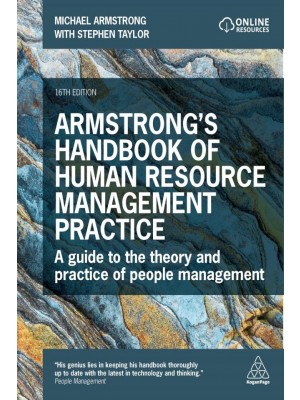Introduction ix
Chapter 1. Extreme Environment and Management Situations 1
1.1. The extreme environment: what is it about? 1
1.2. Various management situations in the extreme environment 2
1.2.1. Routine activities, unexpected events and crises: a typology of management situations in the extreme environment 3
1.2.2. Routine, crisis and unexpected situations: a characterization 4
1.3. Coordination in the extreme environment: shifting from one management situation to another 12
Chapter 2. Team Coordination: What the Theory of Organizations has to Say 15
2.1. Classical theories of coordination 15
2.1.1. Predetermined coordination 16
2.1.2. The limited contribution of classical theories to the analysis of team coordination in the extreme environment 19
2.2. “Practice-based” coordination: putting back actors at the center of coordination 22
2.2.1. The “practice” turn in management science 22
2.2.2. What contribution does the practical perspective bring to the study of team coordination? 25
Chapter 3. Coordination Practices in the Extreme Environment: Communication, Reflexivity and Socialization 29
3.1. Communication practices 29
3.1.1. Shared languages: code words, diagrams and body expressions 30
3.1.2. Technological uses: improving communication through information sources and flow 37
3.1.3. Communication practices: a synthesis 44
3.2. Reflexive practices 45
3.2.1. Briefing–debriefing in the French Air Forces squadrons 45
3.2.2. Reflexive practices in debriefing sessions 46
3.2.3. Reflexive practices: a synthesis 51
3.3. Socialization practices 52
3.3.1. The squadron bar: where common knowledge is built 52
3.3.2. Cohesive activities that convey team values and build mutual trust 54
3.3.3. Socialization practices: a synthesis 56
3.4. Coordination in the extreme environment: articulation of communication, reflexive and socialization practices 56
Chapter 4. Can Coordination in the Extreme Environment be Learned? A Managerial Approach 61
4.1. Necessary individual and collective skills for coordination in an extreme environment 62
4.1.1. From theoretical to practical knowledge: practices, knowledge and skills 62
4.1.2. Skills needed for coordination in extreme environments: the example of tactical airlifter crews 64
4.2. Setting up a process of “immediate” feedback: the case of the Air Force’s Aerobatic Team 73
4.2.1. “Immediate” feedback processes within the Air Force’s Aerobatic Team 74
4.2.2. “Immediate” feedback: a method of collective skills and intelligence acquisition 81
4.3. Deploying decision support systems: the example of LINK 16 in air forces 83
4.3.1. Creativity and network-centric decision support system 84
4.3.2. LINK 16’s creative uses, developed by the Rafale fighter planes’ crews 86
4.3.3. Network-centric decision support systems in support of crews’ creativity 93
4.4. Encouraging the emergence of professional communities: the case of Air Force Knowledge Now 95
4.4.1. Professional communities in a military environment: between hierarchical communities and community of practice 96
4.4.2. The Air Force Knowledge Now online platform 97
4.4.3. Beyond team frontiers: professional communities favoring experience sharing and organizational culture 100
4.5. Summary: coordination in extreme environments and managerial actions 101
Conclusion 103
Bibliography 105
Index 121





































